ここに来たということは、おそらくどのように カプセル製造 実際に機能する、内側から外側へ。規模の拡大や機械のアップグレードを計画している方もいるでしょうし、あるいは意思決定の前にプロセス全体をより明確に把握したい方もいるかもしれません。
いずれにしても、この説明では、実際の制作で重要な手順だけを、余計な説明なしで各段階ごとに説明します。
目次
製造はカプセルシェルから始まります。シェルの多くは、標準的な製剤か植物由来の製剤かに応じて、ゼラチンまたはHPMCから作られています。選択された材料は加熱され、液体になります。
金属ピンをこの液体に浸してカプセルの半分を作り、その後、厳密に管理された条件下で乾燥させます。硬化後、切り取って分離し、充填の準備を整えます。
次に、カプセルの中に詰める製品です。有効成分は、流動性、安定性、および粘稠度を向上させるために添加剤と混合されます。処方に応じて、乾式混合または湿式造粒が採用される場合があります。
ここでの目標は、均一な粒子サイズと重量です。これにより、各カプセルに正確な量の有効成分が含まれることが保証され、安全性とコンプライアンスにとって非常に重要です。
粉末または顆粒が準備できたら、空のカプセルを充填機に入れます。この機械はカプセルのキャップと本体を分離し、下半分に製品を充填して閉じます。
高速カプセル充填機は、設定に応じて粉末、ペレット、錠剤、さらには液体まで処理できます。大規模な運用では、速度を維持し、廃棄物を削減するために自動化が鍵となります。
カナンの NJPシリーズ自動カプセル充填機 まさにこの段階のために設計されており、無駄を最小限に抑えながら、迅速かつ正確な充填を実現します。粉末、顆粒、ペレットを容易に処理し、大量連続生産に対応します。NJPシリーズは、スピード、精度、そしてコンプライアンスを1つのシステムで実現したいメーカーにとって、信頼できる選択肢です。
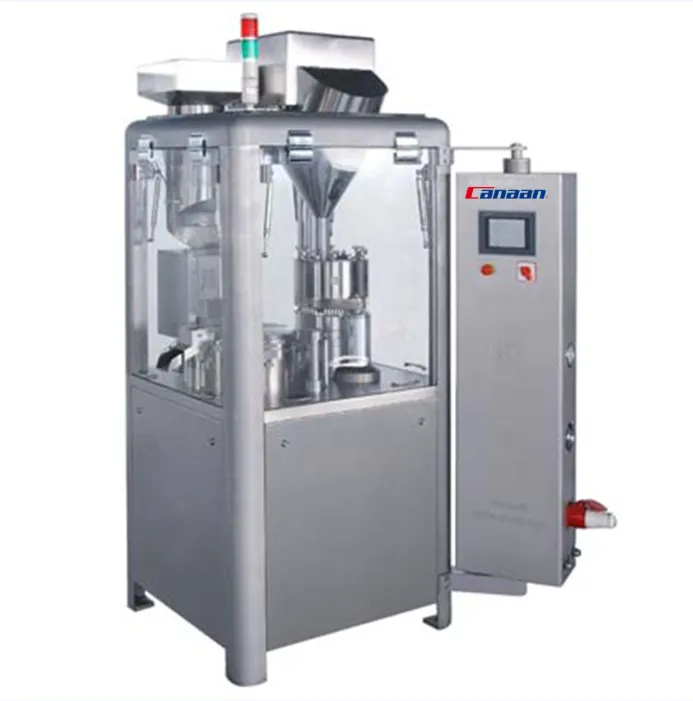
充填後、カプセルの半分はしっかりと固定されます。一部の機械には、バンドシーリング機能が搭載されており、さらに保護力を高めています。特に湿気に敏感なカプセルや液体を充填したカプセルに便利です。
この手順により、取り扱い、輸送、保管中の漏れ、改ざん、分離のリスクが軽減されます。
充填されたカプセルは、多くの場合、研磨機にかけられます。これにより、外側の余分な粉末が除去され、外観が向上します。また、きれいなカプセルは、後続の包装機で詰まりが発生する可能性も低くなります。
除塵 GMP の清浄度基準を満たし、製品のプレゼンテーションを改善するのに役立ちます。これは、小売製品や消費者に直接販売される製品にとって特に重要です。
各バッチは厳格な品質検査に合格しなければなりません。カプセルは、ひび割れ、充填不足、色の不一致などの欠陥がないか検査されます。また、投与量の正確性を確認するために、重量のばらつきも検査されます。
多くのラインには、金属検出器、ビジョンシステム、不良品をリアルタイムで検出するための不合格品判定ユニットが設置されています。この段階での文書化は、規制遵守とトレーサビリティにとって非常に重要です。
承認されると、カプセルは包装ラインに移されます。最終的な形状に応じて、ボトル詰め、ブリスターパック、またはサシェに詰められます。
この段階で、バッチコード、有効期限、その他のトレーサビリティ情報が印刷またはラベル付けされます。最終検査では、すべてのパッケージが密封され、清潔で、市場に出荷できる状態であることを確認します。
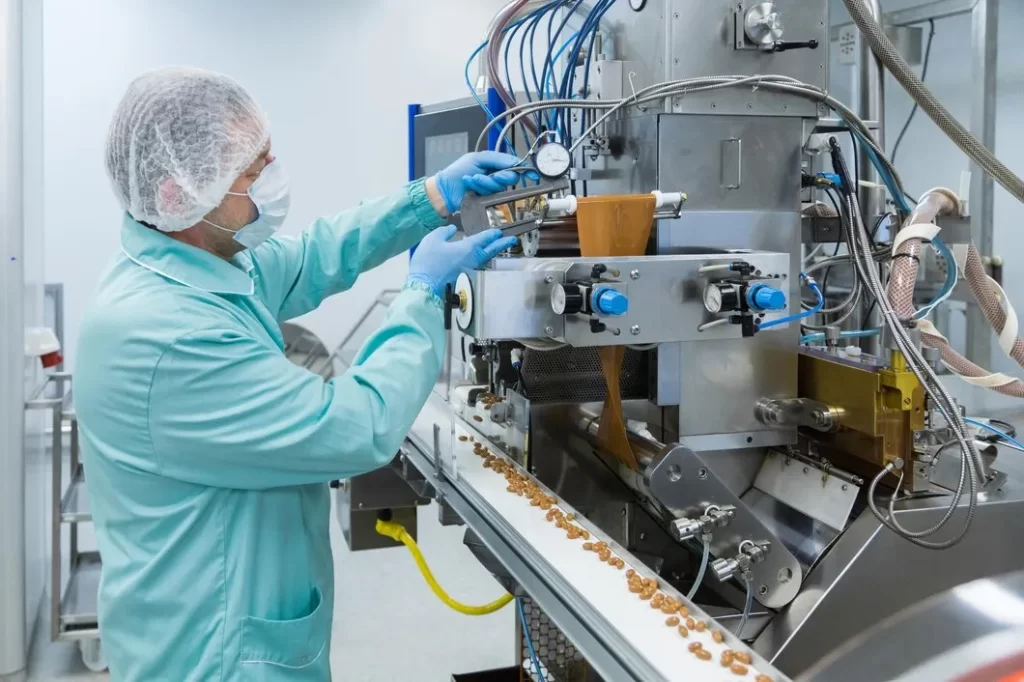
カプセル製造ラインをスムーズに稼働させるには、各工程に適切な設備を導入することが重要です。すべての機械は、生産量の安定化、ミスの削減、そして効率の最大化に重要な役割を果たします。
使用 統合システム各機械が同期して稼働するシステムは、ダウンタイムの削減、人件費の削減、トレーサビリティの向上に役立ちます。これは、複数のSKUを管理している企業や、厳しい納期で事業を展開している企業にとって特に重要です。
カプセルには様々な形状があり、最適な組み合わせは製品、市場、製造目標によって異なります。以下は、カプセルの種類を選ぶ際に考慮すべき主な選択肢と、ブランドに合わせてカプセルをカスタマイズする方法です。
素材の種類:
サイズ:
色とブランドのオプション:
充填タイプ:
カプセルをカスタマイズすると、使いやすさと棚での魅力が向上するだけでなく、コンプライアンス、ブランド アイデンティティ、消費者の信頼もサポートされます。
カプセル製造は、適切な設定、熟練したハンドリング、そして高性能な機械を必要とする精密なプロセスです。小規模生産でも、1日に数百万個のカプセルを扱う場合でも、すべての工程が重要です。
で カナン当社は、カプセルを効率的かつ最高水準で製造するのに役立つ設備と専門知識を提供します。
カプセル生産ラインをアップグレードする必要がありますか? お問い合わせ ぜひ弊社のチームにご相談ください。よりスマートな拡張をお手伝いいたします。
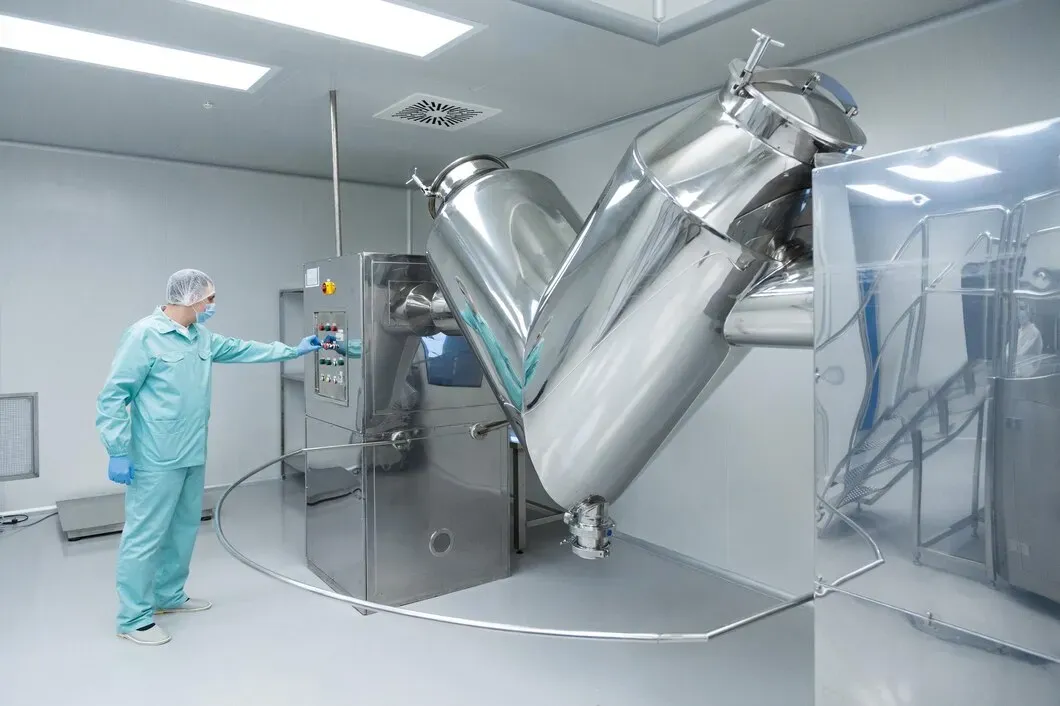
薬が患者に届く前に、研究室で製造が始まります。そこでは、処方がテストされ、バッチがチェックされ、品質が確認または疑問視されます。その作業を適切に行うには、適切な機器、つまり単に仕事をこなすだけでなく、それを正確に行うツールが不可欠です。製薬ラボの運営または立ち上げを担当している方のために、実際に必要な機器とその重要性について説明します。製薬ラボ機器の主なカテゴリー 製薬ラボでは、それぞれ特定の目的を持つ多様な機器が使用されています。 製薬ラボでよく使用される機器 主要な製薬ラボ機器には以下が含まれます。 ラボ機器が品質、安全性、コンプライアンスをどのようにサポートするか あらゆる製薬[…]
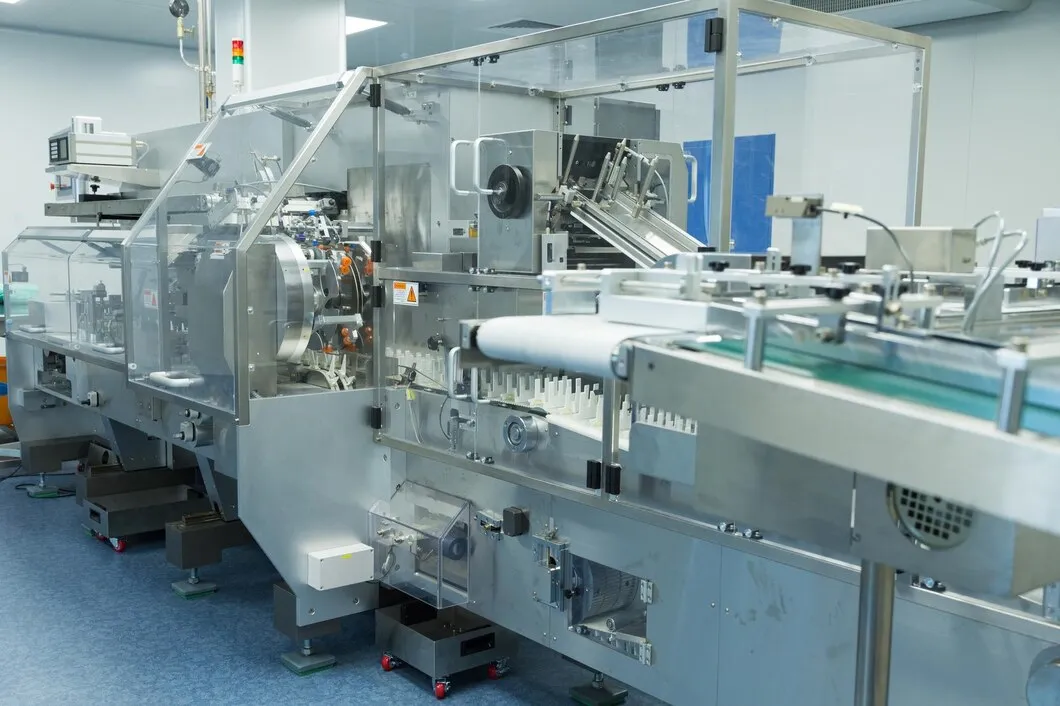
ブリスター包装は、錠剤からカプセル、サンプルパックまで、医薬品業界のあらゆる場所で使用されています。製品を保護し、保存期間を延ばし、患者の安全性を向上させます。しかし、メーカーにとって、ブリスター包装は単なる包装にとどまりません。スピード、精度、そしてコンプライアンスを基盤としたシステムなのです。医薬品製造または包装資材調達に携わる方のために、ブリスター包装について知っておくべきことをご紹介します。その仕組み、素材、そしてなぜ業界で最も信頼されている包装形態の一つなのかをご紹介します。ブリスター包装の仕組み ブリスター包装とは、製品(通常は錠剤などの固形剤)を、裏打ち層で覆われた成形された空洞に密封するものです。空洞は通常透明なプラスチック素材で作られており、[…]
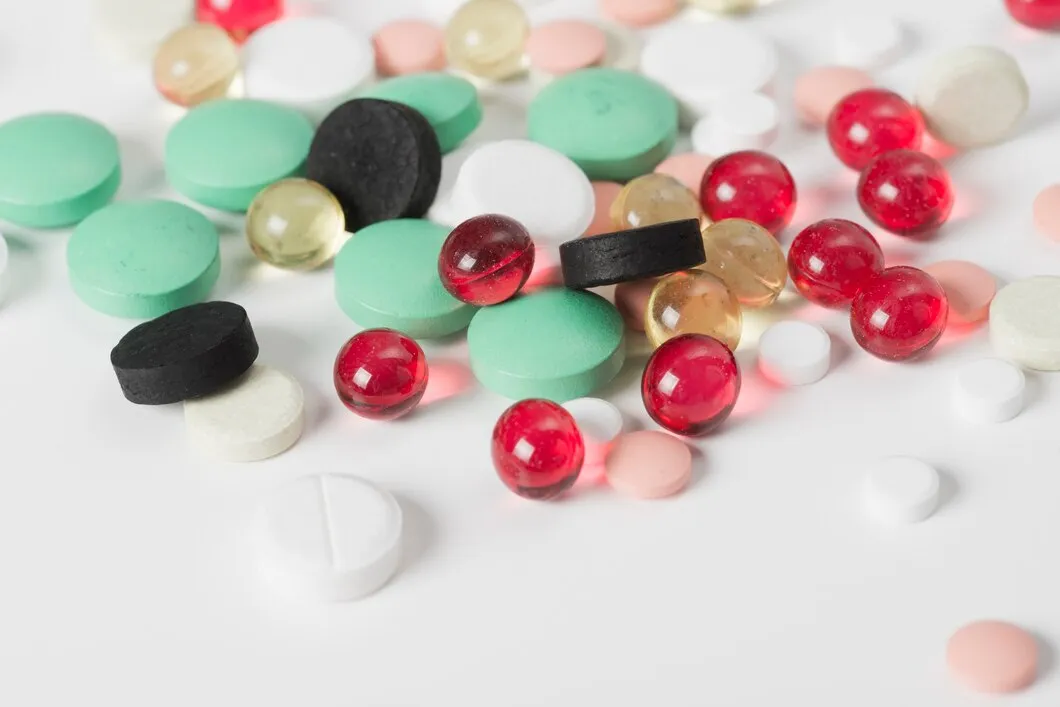
医薬品やサプリメントの供給方法を決める際、液体ゲルか錠剤かという形状の選択は、見た目以上のものを左右します。製品の製造方法、吸収速度、必要な機器の種類、そしてエンドユーザーの体験にも影響します。有効成分の中には、液体充填でより効果的に作用するものもあれば、安定性のために一定量を必要とするものもあります。さらに、コスト、保存期間、生産スケジュールも考慮する必要があります。このガイドでは、これらを実践的な観点から解説します。マーケティングの誇張表現は一切なく、次の製品の開発、拡張、調達において重要な重要な違いだけを解説します。何を比較するのでしょうか?ソフトジェル(液体ゲルとも呼ばれます)は[…]